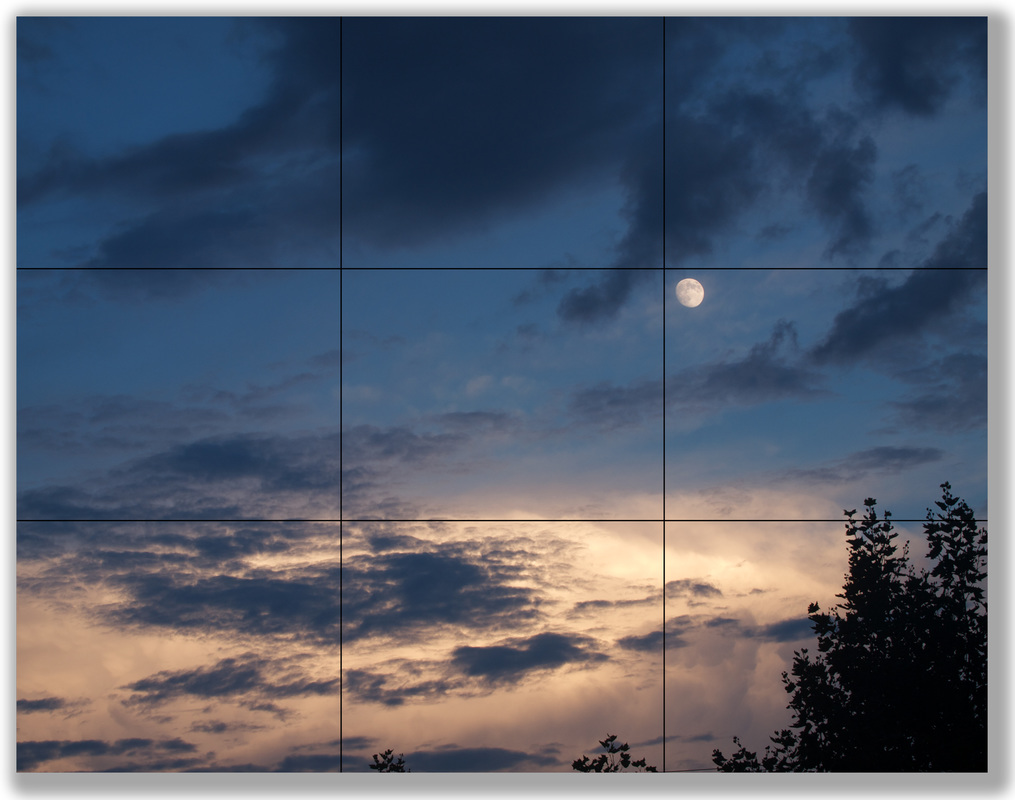|
Chris Fedderson — MacroFine Musings [This post is an elaboration on the second point I made in my post of November 10, 2015, Five ways to raise your photo IQ (Interest Quotient)] ~~~~~~~~~~~~~~~~~~~~~~~~~~~~~~~~~ The only thing your camera can’t and won’t do for you is COMPOSITION. It is said that your ‘composition’ — your body language — divulges your true intent. It’s true — it does. It’s why your parents said, “Say you’re sorry — and act like you mean it.” They knew that your body language, tone of voice, and message all needed to be in sync for your apology to be construed as genuine. And so it is with your images. Well, maybe not these three things, exactly, but all the elements of your image (subject, focus, lighting, etc., and composition) do need to be in sync to best convey your intended message / feeling / emotion / etc. Imagine you’ve got two beautiful images of a butterfly-in-flight and a flower. In one, it’s flying toward the flower and in the other it’s flying away. Clearly, two different interpretations; possibly even direct opposites. Maybe your two images have no more heady a message than “My Trip to Paris”. In one, your friend is dead center, looking stiff, the Eiffel Tower is growing directly out of the top of Friend’s head. In the other, Friend is off to the side, turned toward Eiffel looking back to you over a shoulder, Eiffel is in the distance. That would be a much more pleasing image than ‘tower-growing-out-of-head’. Add in that Friend is in focus and Eiffel is out of focus in the surreal distance. Or visa versa. Oh, the possibilities seem endless! Just about as endless as are the rules governing composition techniques. I Googled ‘photo composition rules’ and looked briefly at just three sites to find just some of the ‘rules’ you ‘must’ to pay attention to:
Oh, Good Grief, Charlie Brown. You can’t even remember to not kick that football! How are we to remember all those rules?! Well, the good news is two-fold: 1) you don’t need to remember all of these, and 2) even if you did memorize all of them, they don’t all come into play with any single image. That makes it easier. Start with one or two, and work from there. Plus, you may already be doing some of these unconsciously. I’m going to choose a few of the simpler techniques which help guide the placement of your subject and supporting elements within your image. Consider the shapes and forms within your image.
Think about how these elements might ‘work’ within a rectangular constraint. Generally the viewer’s eye will come in at a strong element and follow whatever path the other elements provide. So you want to provide a strong eye-entry point and a path. The concepts I’m going to talk about here are equally applicable when your format is a square image. Probably the most well-known rule is the Rule of Thirds. Divide your image into thirds vertically and horizontally (much like a # sign) and put that cow, moon, or person near one of the four places the lines cross. You’ll probably want them to be facing into the bulk of the image… but maybe not. What is your message or emotion? Now, see whether you can put any image elements along the third-lines. Doing this as a strict rule is way over-simplifying the concept but it is a good way to start to work with your image’s message to see how it is best delivered. Lines. They can be a bane or a blessing. You probably don’t want them to divide your image so it appears you have two separate images in one. But they can be an extremely strong way to guide your viewer into and through your image. A fun thing about lines is that they can strongly and effectively defy the Rule of Thirds — and don’t we love to break the rules! When your subject is symmetrical (formal gardens, subway stations, inside churches) the walkways, tracks, or aisle and pews can often be dead center leading your eye to the focal point. But back to that pesky Thirds Thing. The pinnacle element — the garden fountain, the train leaving the station, or the stained glass window — probably should still adhere to the ‘place it at the thirds’ concept, if possible.
Lines might curve through your image leading the eye past a few key elements — a pasture fence might wind past the flock, the shepherd, and his dogs at the side; see if you can place these at the Thirds. Finally — in this conversation, anyway — let’s speak of movement. Real and implied. Generally (again with the ‘generally’ since your message will determine the outcome here) generally, your subject should be perceived as moving into the majority of the image’s area. But maybe not. Is it a puppy scampering around the yard? Then probably it should be scampering into the shot. Or is it a shot of one lonely soul walking down a long, straight country road toward the sunset and so should be near the farther limits of your image about to disappear from view? Only you will know these answers since these are your messages depicted in your images. Thank You for visiting, — Chris P.s. How are these composition exercises coming along for you? Which ones have been a snap? Which ones are giving you grief? What revelations have you had? When and how have you broken the rules — to your benefit? Let us know in the comments and we’ll all compare notes.
0 Comments
Leave a Reply. |
Categories
All
About Chris
I am a Virginia-based photographer and gather my images while hiking in parks and natural areas here at home and in the locations I travel to. I also love to visit arboretums and botanic gardens to find unusual and exotic subjects. Archives
March 2017
|




 RSS Feed
RSS Feed
